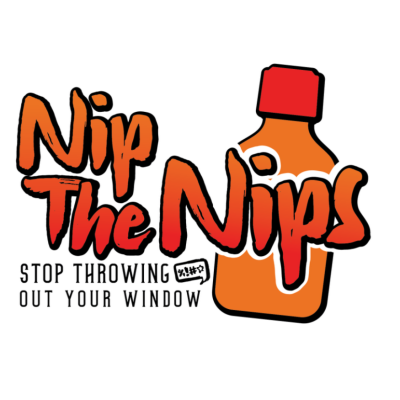Because Only Together We Can
Build a pollution free World Where All Are Safe
History of Nip Bottle
Most people are familiar with the nip bottles in the USA. They are miniature bottles of an alcoholic beverage or whiskey, and their contents usually comprise about 50ml. In Scotland and the USA’s northeastern parts, these miniature bottles are often referred to as nips or shooters. Nips originated as tasters during the 1800s; the slang or the term nip originated from the Low German term nipperkin (Taylor, 2019). This term was not as common then as it is today; it was probably used until 1776, when it began spreading to other parts of the globe. Nip became popular during the 1960s and 1970s. The hotel minibar and an increasing number of commercial flights commercialized the nip bottle. The Hong Kong Hilton and the Madison in Washington DC are believed to be the first hotels to feature one in-room. The minibar made a significant sum of money for Conrad and Co in 1974, mainly from alcoholic beverages (Taylor, 2019). In that year, the sale of alcoholic beverages increased by 500 percent; nips contributed immensely to the sales (Taylor, 2019). Today, nip bottles are more common in airplane flights as they are easily portable and contain only about 50ml of liquor.

Nip Bottles Everywhere in Massachusetts
How Littering Effects US
Litter Causes Pollution
As litter degrades, chemicals and microparticles are released. These chemicals aren’t natural to the environment and can, therefore, cause a number of problems. For example, cigarette butts can contain chemicals such as arsenic and formaldehyde. These poisons can make their way into the soil and freshwater sources, impacting both humans and animals. In fact, of water pollution is attributed to litter.
In addition to water and soil pollution, litter can also pollute the air. Researchers estimate that more than of the world’s litter is burned in the open air, which can release toxic emissions. These emissions can cause respiratory issues, other health problems, and even be a starting base for acid rain.
Litter Kills Wildlife
Animals are innocent victims affected by litter every day. Researchers estimate thatanimals die each year after ingesting, or becoming entrapped in, improperly discarded trash.
Plastic litter is the most common killer of animals, and marine animals are the most notably affected. Each year over dolphins, fish, whales, turtles, and more drown after becoming entangled in or digesting plastic litter.
Litter Facilitates the Spread of Disease
Animals are innocent victims affected by litter every day. Researchers estimate thatanimals die each year after ingesting, or becoming entrapped in, improperly discarded trash.
Plastic litter is the most common killer of animals, and marine animals are the most notably affected. Each year over dolphins, fish, whales, turtles, and more drown after becoming entangled in or digesting plastic litter.
learn to smile from the environment.
WHAT WE CAN DO
Attend Cleanups
Take a proactive approach to stop littering by attending organized cleanups. Working to clean up your community is not only beneficial to the environment but will make your community beautiful.
Increase the Number of Public Disposal Bins
Impose Strict Laws and Regulations
An effective barrier to littering is strong anti-litter laws and regulations. Both individuals and businesses are more likely to follow litter laws when there are serious legal or financial consequences.
